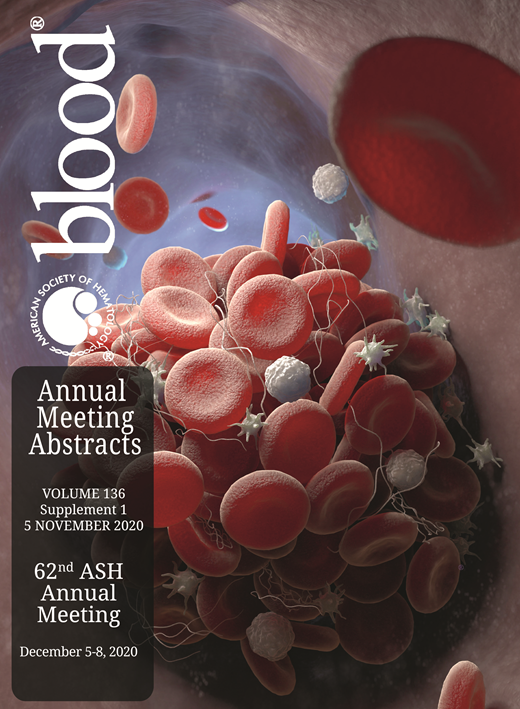INTRODUCTION
Adverse effects are common during treatment of hematological malignancies. Treatment toxicities can impact quality of life [1], impose financial hardship and cause cancer related distress[2]. Symptom monitoring using electronic technology can facilitate early detection of complications[3], reduce symptom burden[4], cost of care[5] and improve survival[6]. Cancer treatment also increases risk of mortality from infections such as coronavirus disease 2019 (COVID-19) and routine screening has been recommended[7].
METHODS
We developed an application that periodically delivers toxicity questionnaires to patients during treatment . Based on NCI- PRO-CTCAE™, the questions are delivered through SMS or e-mail. Patient responses crossing prespecified thresholds trigger automated alerts on a dashboard, resulting in additional interventions as needed. Nature and time to intervention is tracked. Patient experience is measured using a Likert-scale and free-text box. Centers for Disease Control recommended COVID-19 screening questions were incorporated. Finally, a distress thermometer for cancer distress screening has been recently added. The app was offered to patients with hematological cancers in a community-based cancer center.
RESULTS
Since introduction in April 2020, we have enrolled 37 patients. 9 patients had chronic lymphocytic leukemia, 6 diffuse large B cell, 5 mantle cell, 4 Hodgkin's and 3 follicular lymphoma. 2 each had chronic myelogenous, multiple myeloma and Richter's syndrome. 1 each had hairy cell leukemia, acute myelogenous leukemia and T Cell lymphoma. Median age was 64 years (range 24-85).
Patient experience has been favorable. On a scale of 1-5, 85.5% rated the experience as 3 or higher. Median patient engagement, calculated by dividing the number of forms completions by number of days enrolled was 34.2% (0.9-66.2 %).
Symptom tracker captured 536 responses. Fatigue (153), no symptoms (152), shortness of breath (57), nausea/vomiting, diarrhea (46) and numbness/tingling (28) were the most common response categories.
Of 1107 completed check ins, 75 triggered flags. There were 2 hospitalizations for neutropenic fever with the remainder managed as outpatients.
Average time between patient generated response and provider intervention was 90.9 minutes. 88% follow-ups were completed within 1 business day.
COVID-19 screening module captured 1096 responses. 988 were no symptoms. All positive responses (44 diarrhea, 39 cough, 23 shortness of breath and 2 fever) were false positives.
Distress thermometer implemented a week before data cut-off captured 2 responses, 1 in the physical and 1 in the psychological domain.
CONCLUSION
We demonstrate feasibility of electronic capture of treatment toxicities and offer proof of concept that a mobile app can be used for infection screening. Additionally, the quick response time by care team indicated a high adoption rate.
REFERENCES
Doorduijn J, B.I., Holt B, Steijaert M, Uyl-de Groot C, Sonneveld P., Self-reported quality of life in elderly patients with aggressive non-Hodgkin's lymphoma treated with CHOP chemotherapy. . European Journal of Hemtology 2005. 75(2): p. 116-123.
Troy JD, L.S., Samsa GP, Feliciano J, Richhariya A, LeBlanc TW., Patient-reported distress in Hodgkin lymphoma across the survivorship continuum. Supportive Care Cancer, 2019. 27(7): p. 2453-2462.
Stover A M, H.S., Deal A M, Stricker C T, Bennett A V, Carr P M, Jansen J, Kottschade L A, Dueck A C, Basch E M, Methods for alerting clinicians to concerning symptom questionnaire responses during cancer care: Approaches from two randomized trials (STAR, AFT-39 PRO-TECT). Journal of Clinical Oncology 2018. 36(30 supplement): p. 158.
Mooney KH, B.S., Wong B, Whisenant M, Donaldson G, Automated home monitoring and management of patient-reported symptoms during chemotherapy: results of the symptom care at home RCT. Cancer Medicine, 2017. 6(3): p. 537-546.
Barkley R, S.M.-J., Wang J, Blau S, Page RD, Reducing Cancer Costs Through Symptom Management and Triage Pathways. Journal of Oncology Practice, 2019. 15(2): p. e91-e97.
Denis F, B.E., Septans AL, Urban T, Dueck AC, Letellier C., Two-Year Survival Comparing Web-Based Symptom Monitoring vs Routine Surveillance Following Treatment for Lung Cancer. JAMA, 2019. 321(3): p. 306-307.
ASCO Special Report: A guide to cancer care delivery during COVID-19 pandemic. 2020, ASCO: Alexandria, VA.
Janssen:wellbe Inc.: Current Employment.
Author notes
Asterisk with author names denotes non-ASH members.

